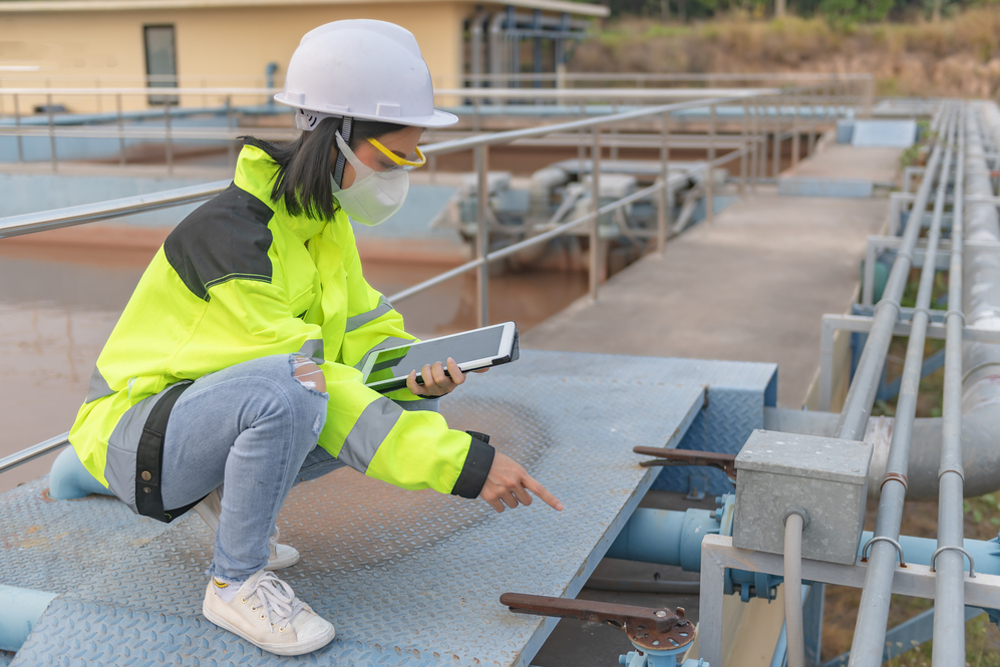
Digital acceleration is a top challenge and priority for field service organizations. Unfortunately, it’s often one of the most difficult to understand, implement, and manage. Yet, digital transformation is crucial, and companies that fail to embrace it find that it will have detrimental effects on business.
The best strategy is a proactive strategy. It’s increasingly clear that digital technology will solve traditional projects now. It is key for field service organizations to avoid becoming complacent and finding themselves challenged.
Here are some essential strategies to stay on top of the ever-changing digital acceleration:
Top Field Service Challenges
As a field service organization, you must focus on your service from many angles. The top field service challenges are threefold: Digital transformation, service delivery, and service revenue growth. With digital transformation, aligning the company’s strategy and devoting resources is a strategic imperative. In particular, making the necessary moves to use resources for formal analysis of digital transformation is critical. Service delivery and being a cost-effective, efficient provider are crucial to success. In addition, service revenue growth will depend on innovative telemetry methods to expand geographic coverage.
Digital Hesitation and Embracing Digital Transformation
The top strategic imperative is digital transformation, which can be complex and challenging for legacy equipment manufacturers. However, digital transformation is possible. The reasons field service companies find it difficult to acclimate to the shift are threefold:
- The equipment is on-site.
- The equipment needs to be adequately connected, and customer telemetry access is anemic.
- The equipment that was once an asset becomes a liability and lacks clarity of channels.
Visibility into operations is necessary to achieve the business outcomes required by digitally informed customers. Field service organizations must overcome challenges by capturing meaningful telemetry from their install base. It’s important to understand that the install base has some diagnostic capabilities embedded in the product. However, according to a recent report from the Technology & Service Industry Association (TSIA), State of Field Services 2022, only 6% “of the install base has self-healing capabilities in the product.” It is important to try the carrot-and-stick approach to encourage digital acceleration. First, collect data and understand the importance of telemetry in reducing service delivery costs.
Planning Second-Wave Digital Transformation
It’s vital to contemplate what will happen after installation. This means understanding the second wave of digital transformation. According to the TSIA report, “the second wave of DT extends beyond the product and helps suppliers improve customer business outcomes.… In addition to knowing what is wrong with the product and how to fix it before they go on-site with meaningful telemetry, the field service engineer knows who bought the product, where it is installed, who is using it, and how well they are using it. This visibility is required to drive the value realization and business outcomes demanded by today’s customers.”
Have a Digital Acceleration Plan Ready
In conclusion, there are three key points to explore when developing your digital acceleration plan:
- Establish a service culture within your organization.
- Distinguish warranty versus value-added, “for fee” services.
- Differentiate service offers from service-level agreements based on faster resolution times, extended hours coverage, and product and application support.
Within your digital acceleration plan, include initiatives that involve skills-based routing, digital customer experience, product development (AI) chatbots, predictive parts using automated support interventions, and auto-notification of original equipment manufacturers of tech issues. According to the TSIA, the key is to “avoid digital hesitation and embrace digital acceleration.”
Resource:
Vele Galvoski, The State of Field Services 2022, TSIA.
